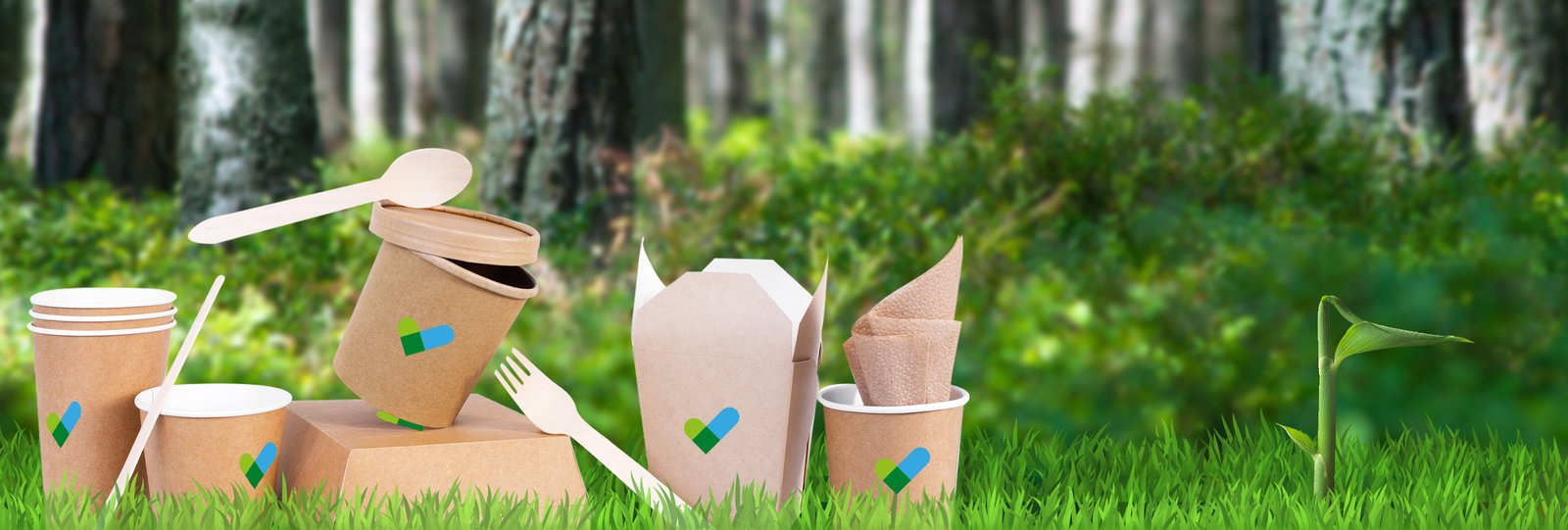In the past, most restaurants used polystyrene as their go-to takeout container, often mistakenly called Styrofoam. However, polystyrene waste has been detrimental to the environment, and the subsequent petroleum-based plastic containers haven’t fared any better. Both materials are clogging up landfills and causing damage to various ecosystems due to improper disposal. Fortunately, sustainable packaging options are becoming more prevalent, thanks to companies like Sogreenpack.com, molded fiber packaging manufacturer, which have streamlined and refined their manufacturing processes. These eco-friendly materials are now more affordable than their harmful counterparts. You may have heard of “molded pulp” and “molded fiber” as sustainable packaging options and are curious about which is better. The truth is that both terms often refer to the same thing.

The Pulped Materials
The two different names may have originated based on the materials used to make them. Initially, molded fiber was made from wood pulp, but it has now been replaced with materials such as bamboo, sugarcane, and wheat straw. However, wood pulp is still a fiber, and even pulped wheat straw is classified as pulp. Therefore, the names can be used interchangeably. The choice of which term to use is left up to you. Although we at Sogreenpack.com find molded fiber to be simpler to say, you are welcome to use whichever term you prefer.
What’s in a Name?
Although there is no debate between “molded pulp vs. molded fiber,” there is a clear winner in the “molded fiber vs. plastics” contest – and that is molded fiber. Unlike plastic, molded fiber is not dependent on petroleum and is biodegradable. After use, molded fiber can be composted, while plastic cannot. Additionally, molded fiber is less expensive than plastic. In short, molded fiber outperforms plastic in every aspect.
Replacing singleuse plastics with molded fiber
Reducing our usage of plastics and other non-biodegradable materials and replacing them with sustainable alternatives like pulped fiber may seem like a small action, but it is crucial. Our treatment of the planet will determine how long we can inhabit it. We must take this step and many others to protect our ecosystems and ensure a prosperous life on Earth.